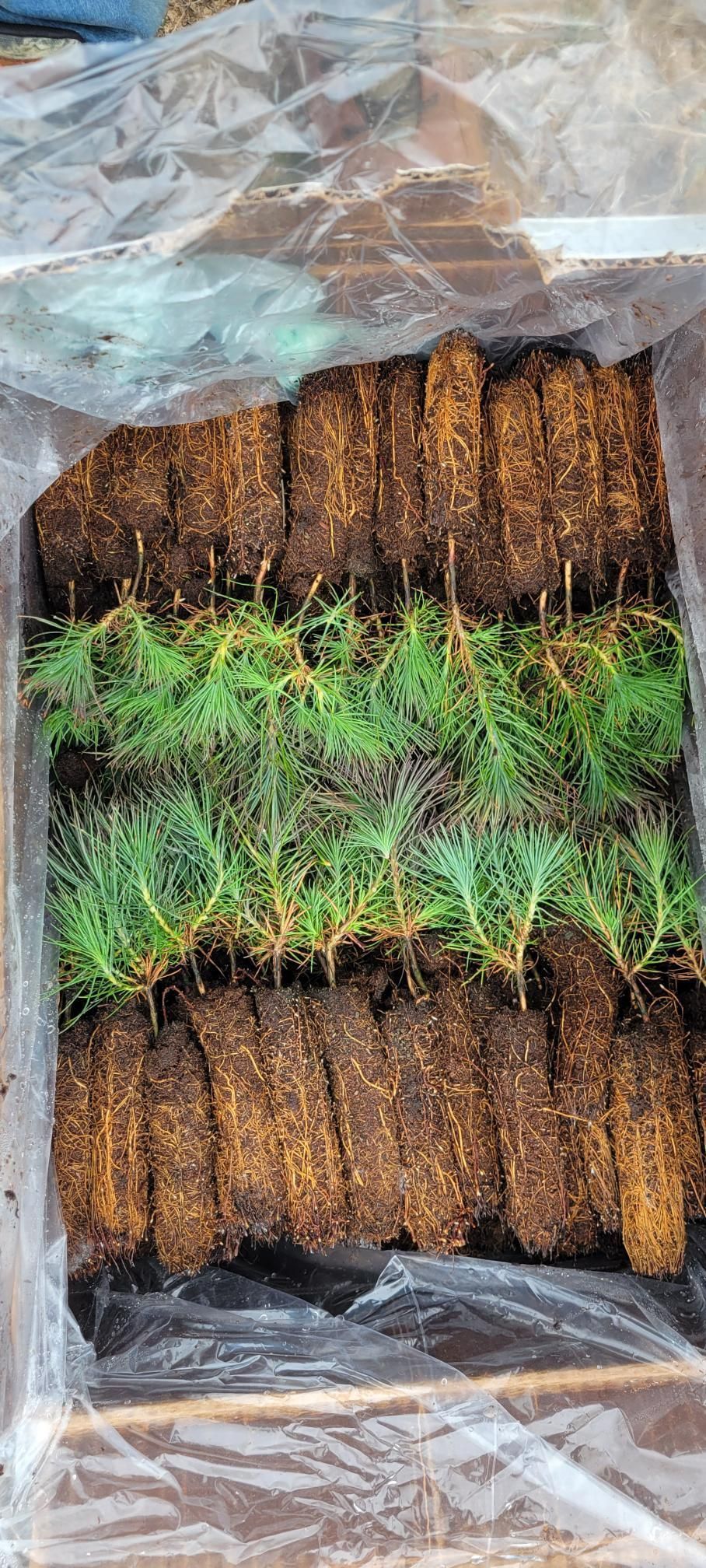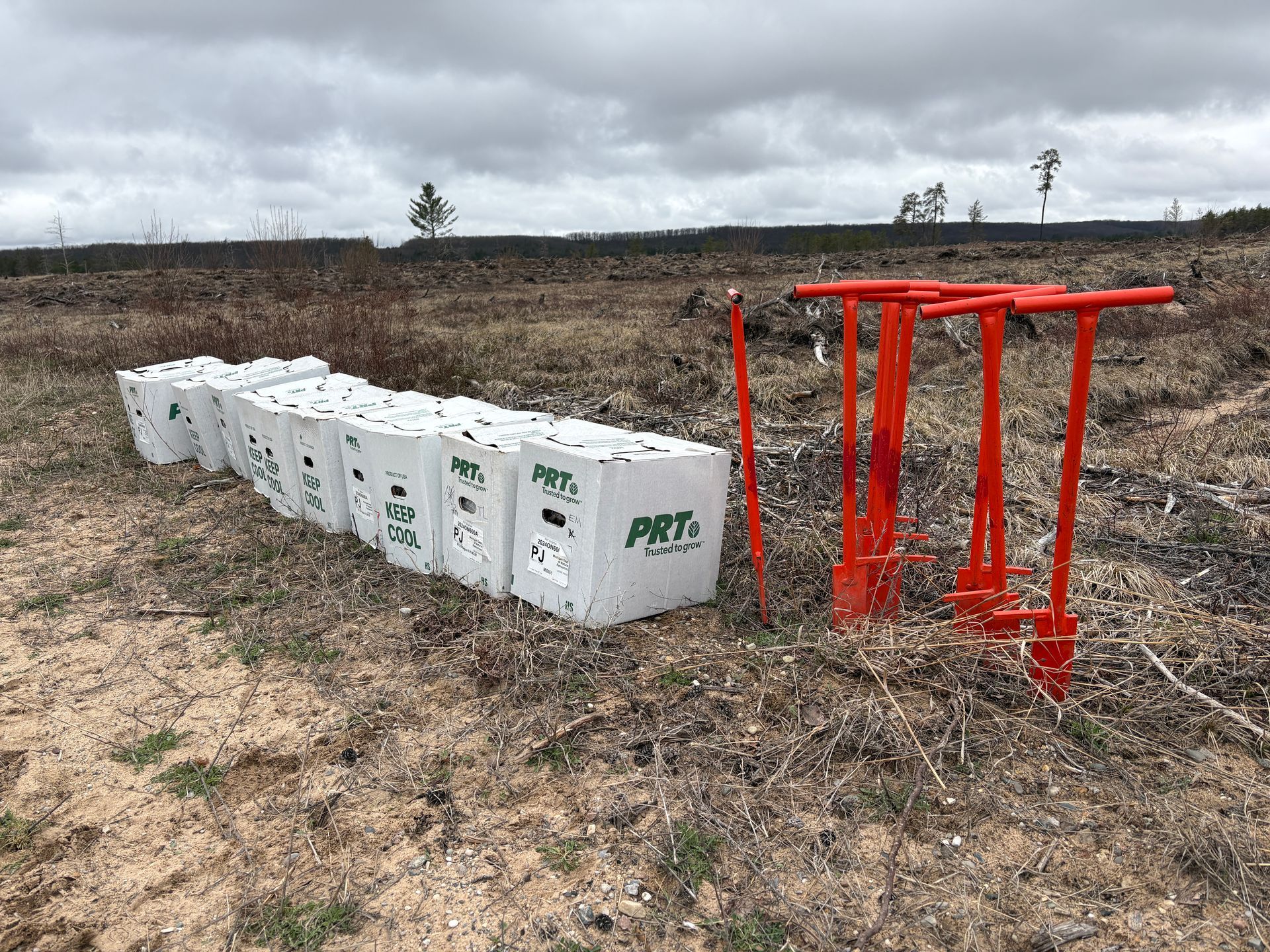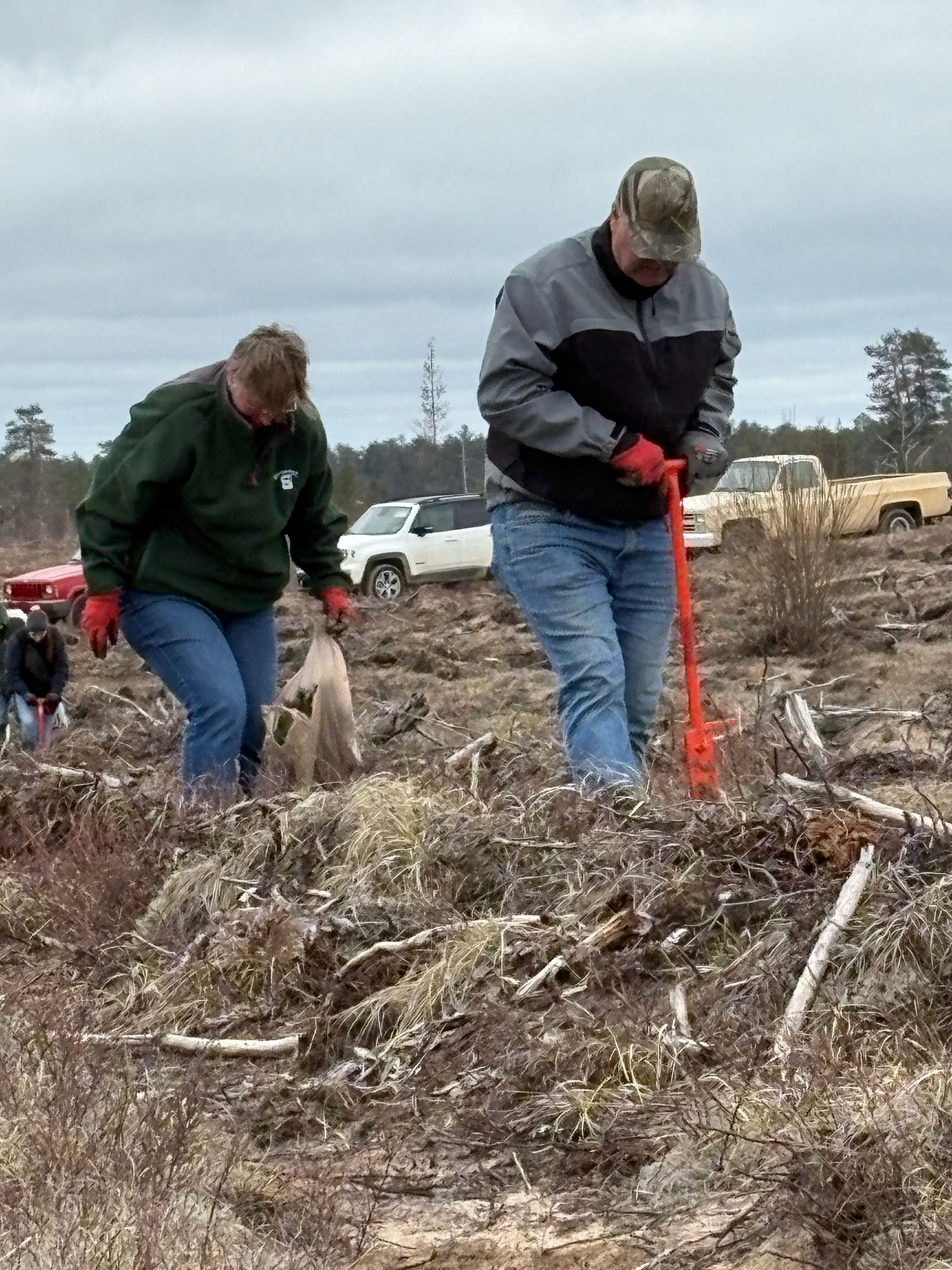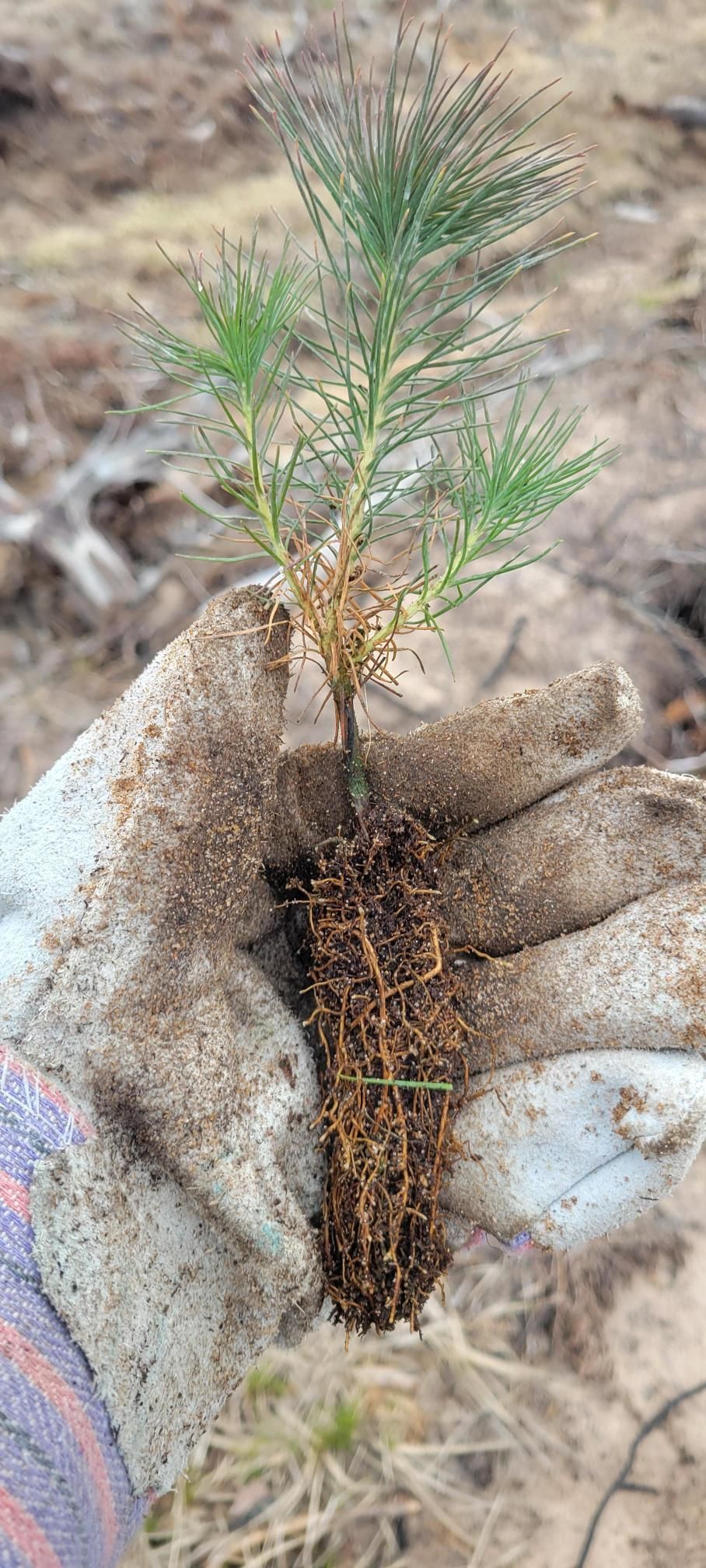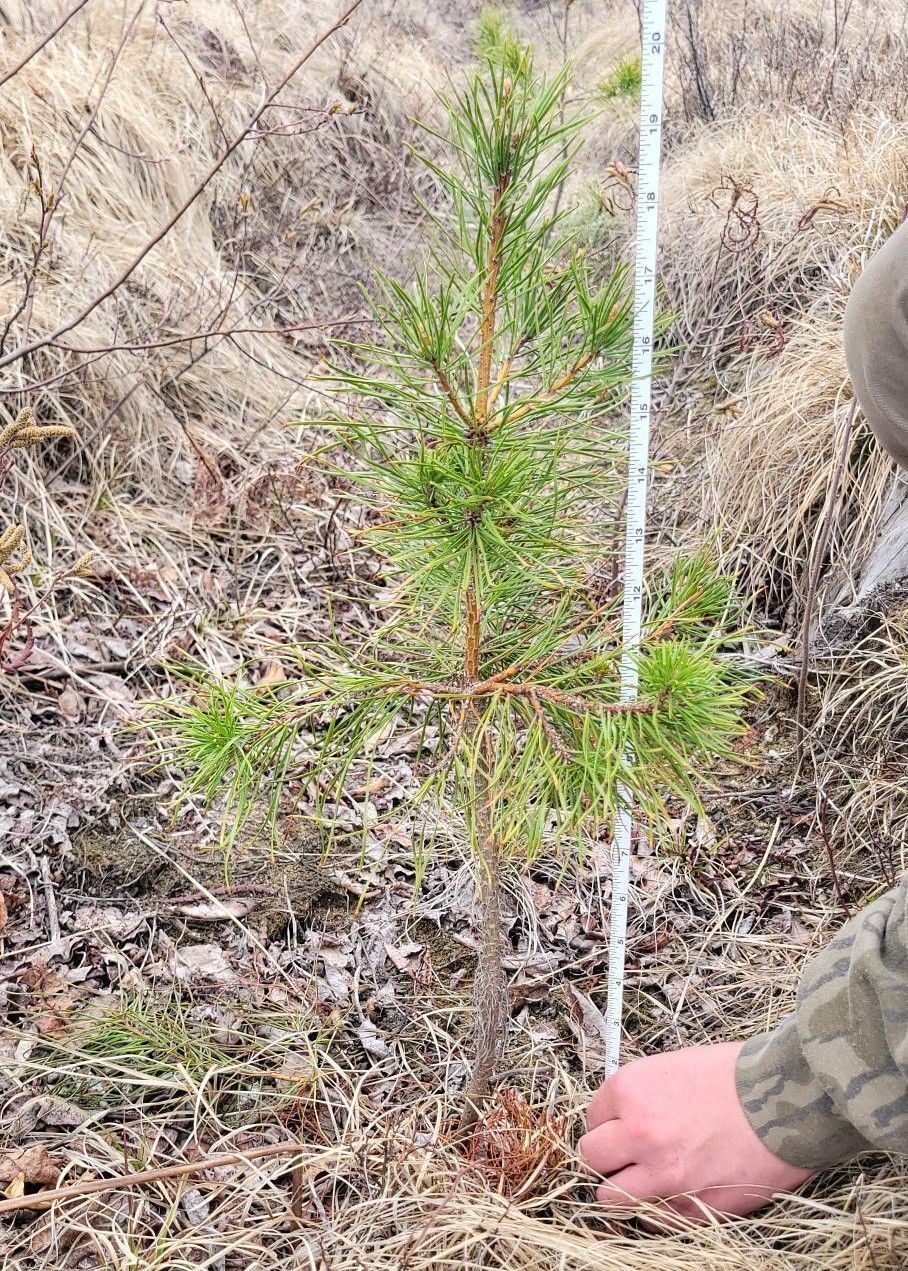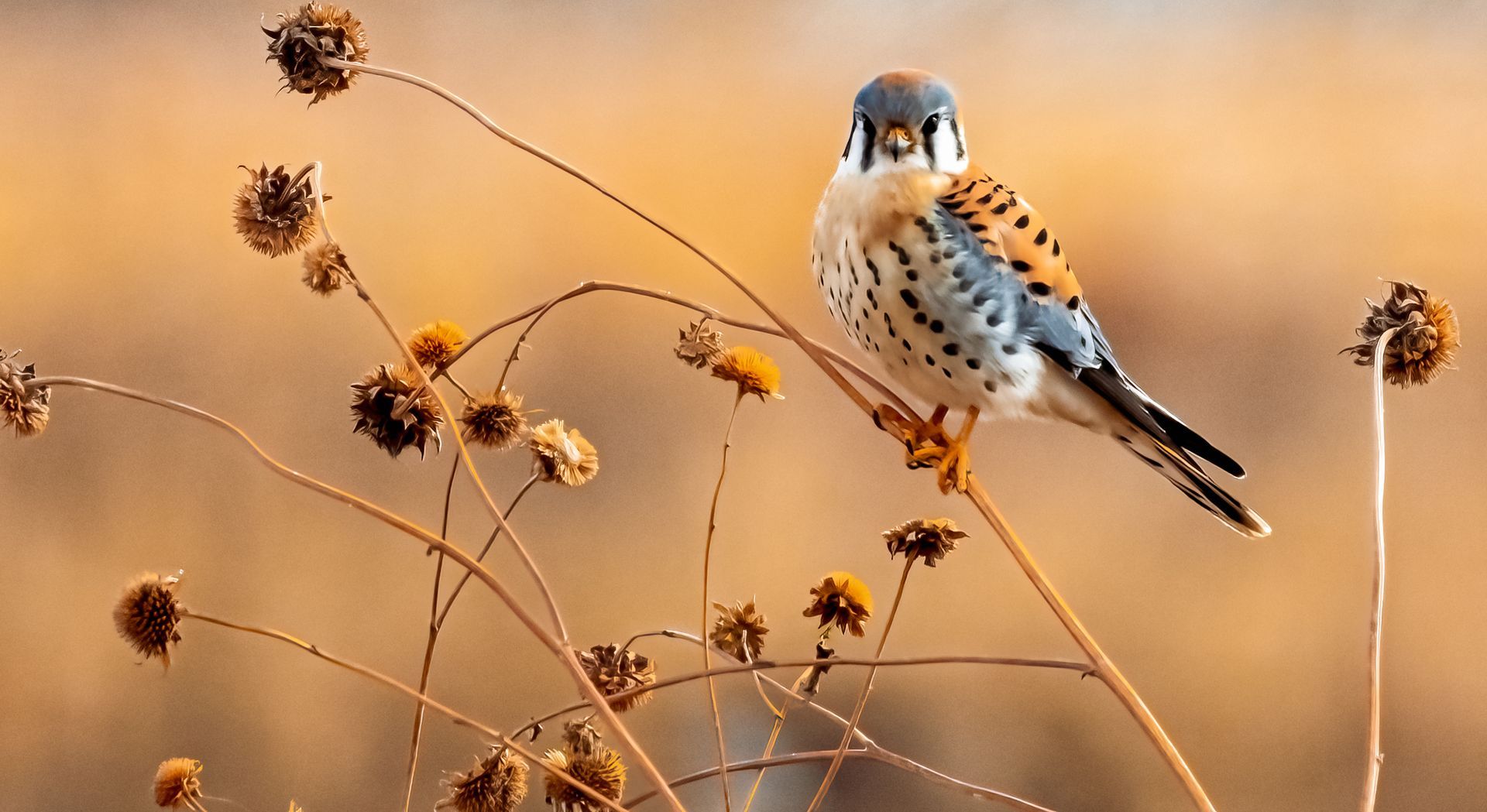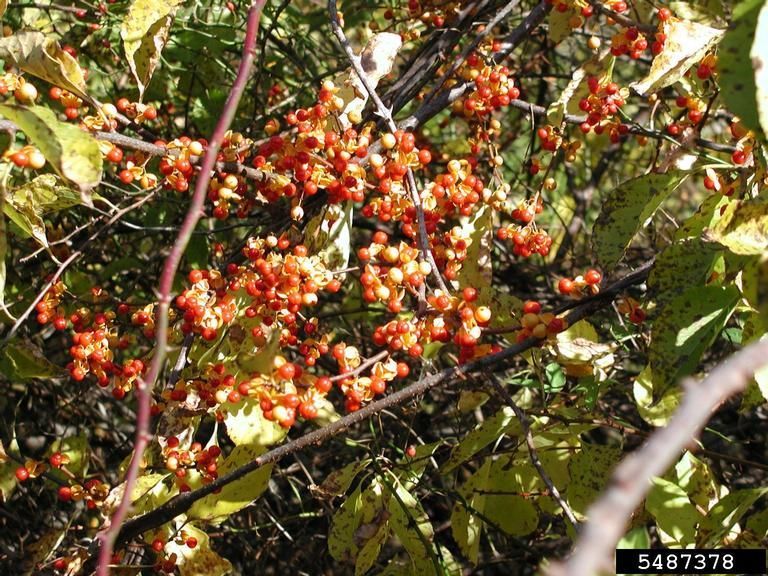On The Ground: Volunteers at the Annual Jack Pine Planting Day
On Saturday, May 3, 2025, MUCC’s On the Ground program partnered with the Kirtland’s Warbler Alliance, Huron Pines, the Michigan DNR, and the Saginaw Children’s Zoo to host the annual Jack Pine Planting Day at the Grayling Forest Management Unit. This event brings together a range of ages and interests to help create habitat for the once-endangered Kirtland’s Warbler.
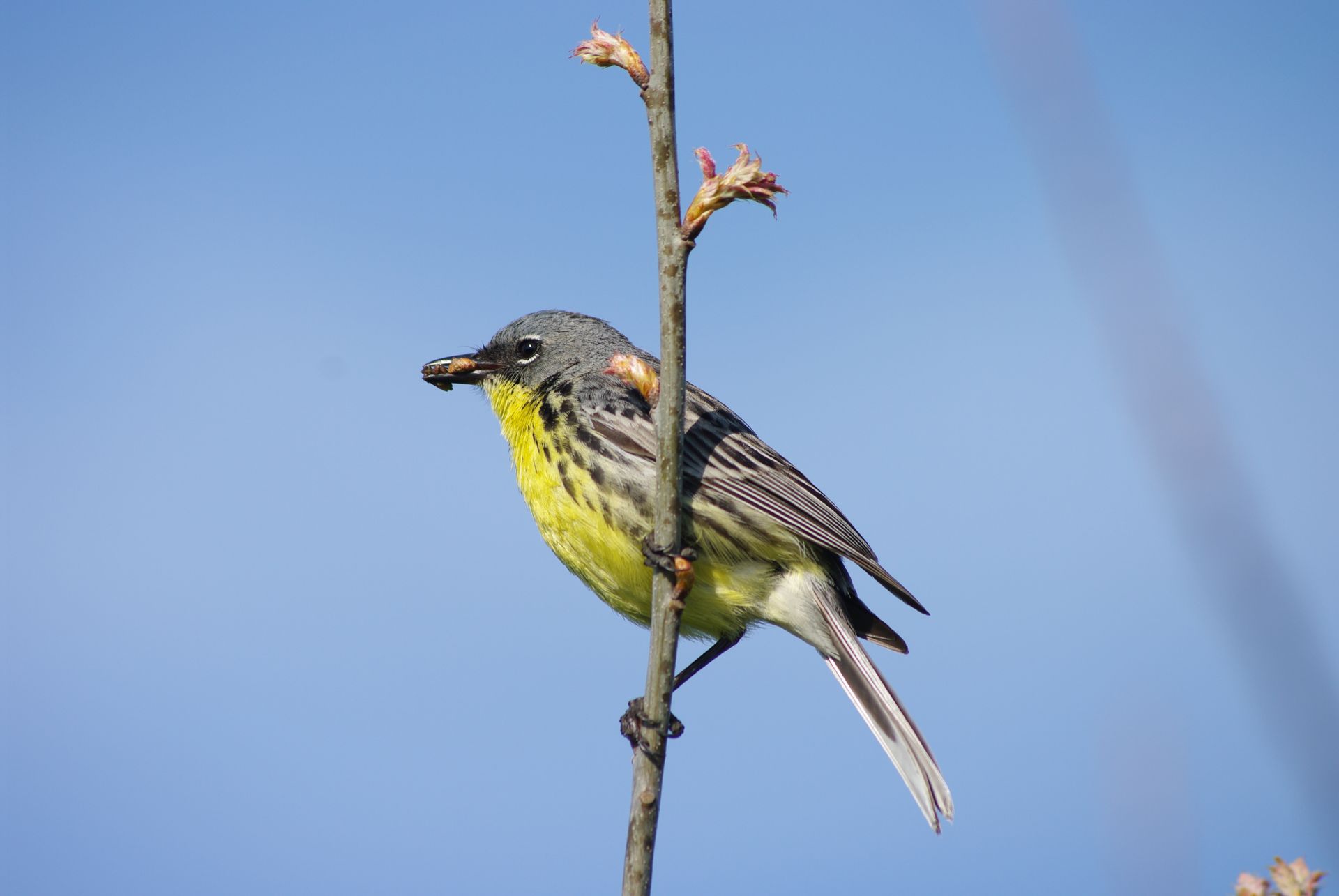
Volunteers Plant Jack Pines to Help the Kirtland’s Warbler
A total of 37 volunteers participated in this tree planting this year to help plant jack pine seedlings to improve habitat for the Kirtland’s Warbler. While one volunteer used a dibble bar to create a hole, another volunteer would come in behind them to add the jack pine seedling and fill in the dirt. These trees were planted in rows throughout a clear-cut with planned openings in between for wildlife. Kirtland’s Warblers are estimated to prefer nesting in jack pine stands ranging between 4 and 25 years old.
In total, volunteers improved about 6 acres of habitat and planted around 6,000 trees in this stand to continue regeneration. Stewards remain passionate about this project, and we even attracted a volunteer from New York just for this planting. We appreciate everyone coming far and wide to support this effort in conserving such a unique species. Our annual successes help propel the survival of Kirtland’s Warblers for future generations to admire.
Why Does This Matter?
This bird is only found to breed in small sections of Michigan, Wisconsin, and Ontario, reiterating the importance of habitat regeneration for species perpetuation. Kirtland’s Warblers are estimated to prefer nesting in jack pine stands ranging between 4 and 25 years old. Although fire had been historically present in Michigan’s landscape, fire has since been repressed well below historical natural occurrences. However, Jack Pines have become reliant on this fire as their pinecones open and spread the seeds under extreme heat from these wildfires or prescribed burns. Volunteers partaking in plantings like these help the regeneration alongside prescribed burns. Due to efforts to conserve critical habitat, this species was officially delisted in 2019.
While it can be hard to imagine the true impact our volunteers make on a large scale, we wanted to spread appreciation for those volunteers who have contributed hours in the past and continue to attend these projects. We were able to visit the Jack Pine Planting Day site from 2024 to see the true growth over the past year in comparison to the seedlings planted this weekend.
More Upcoming Events
If you are inspired by these conservation efforts to improve wildlife habitat across the state, consider joining us at one of our upcoming projects. All registered volunteers receive a lunch and a free appreciation gift for their efforts.
Saturday, May 10, 2025 - Mast-Producing Tree Planting at Port Huron State Game Area, St. Clair County - Register HERE
Saturday, May 17, 2025 - Waterside Clean-up at Pointe Mouillee State Game Area, Wayne/Monroe County - Register HERE
Saturday, June 21, 2025 – Native Wildflower and Grass Plug Planting at Pierce Cedar Creek Institute, Barry County – Register HERE

